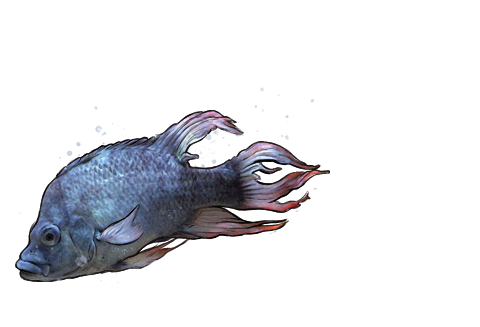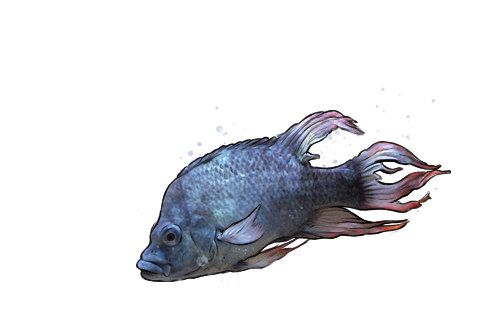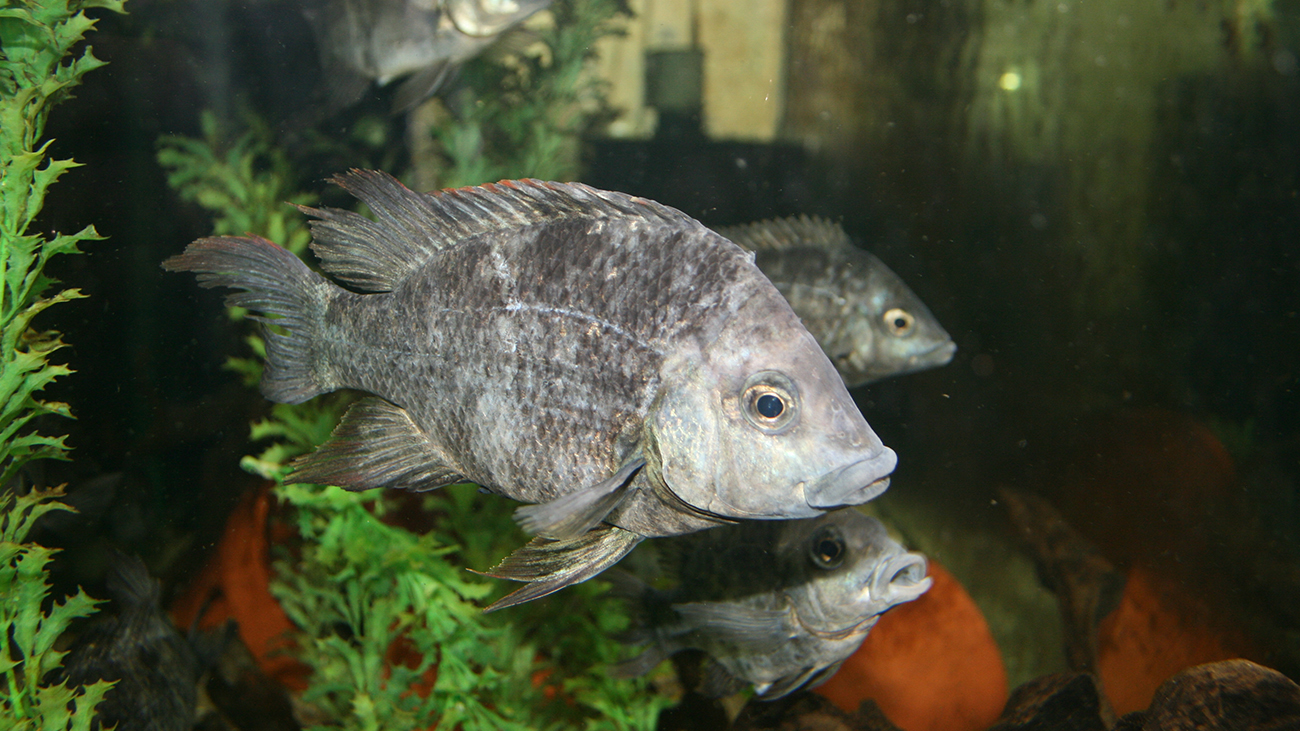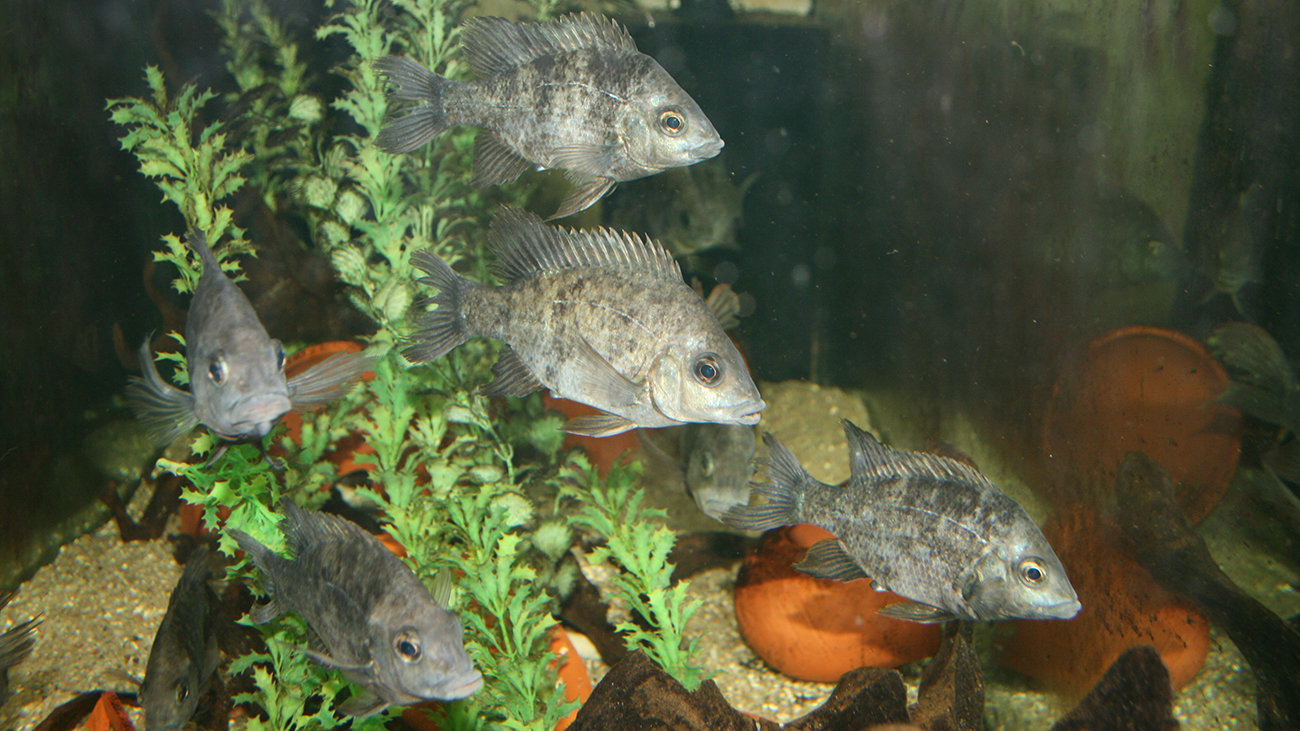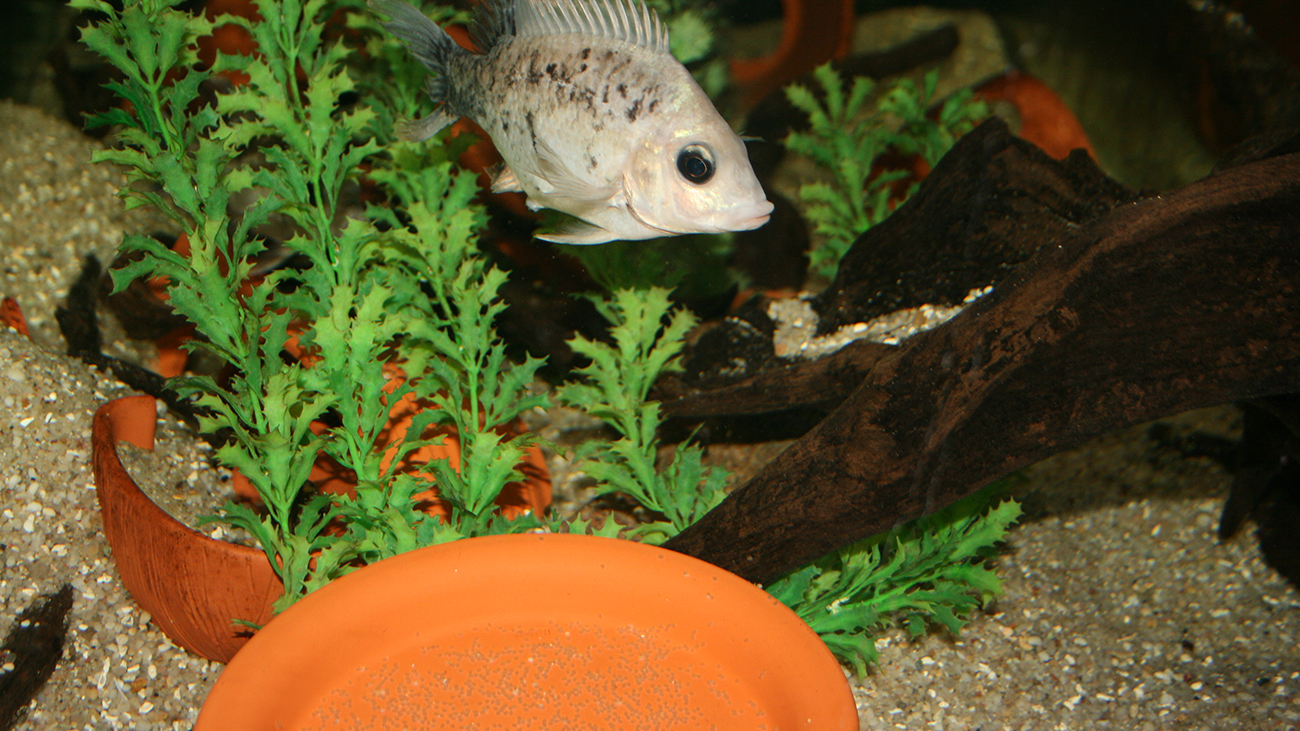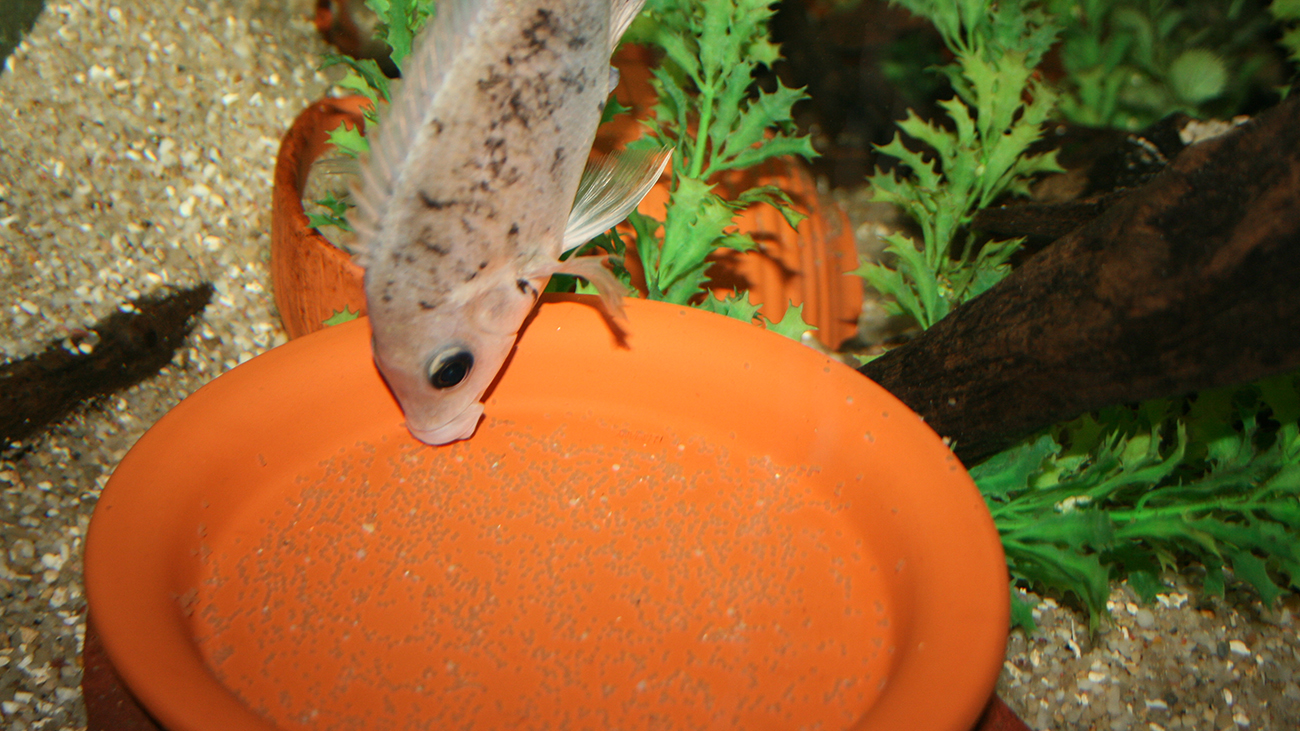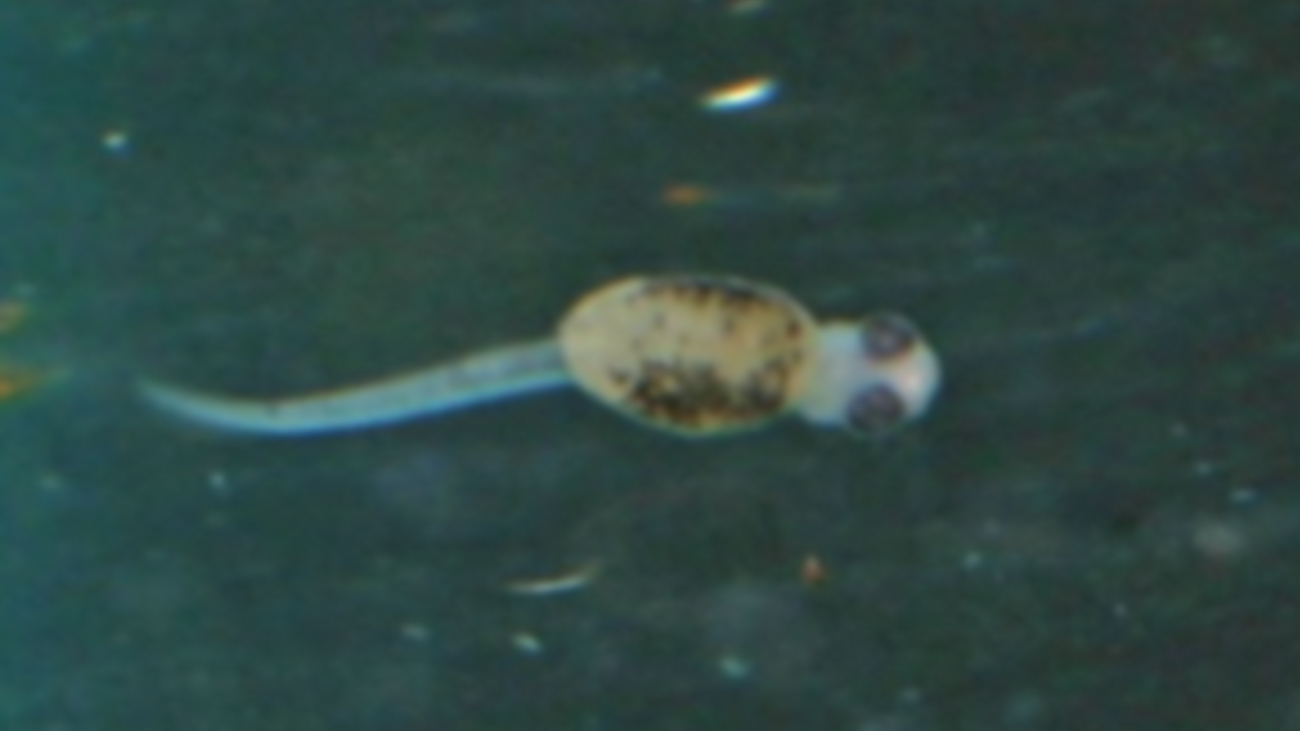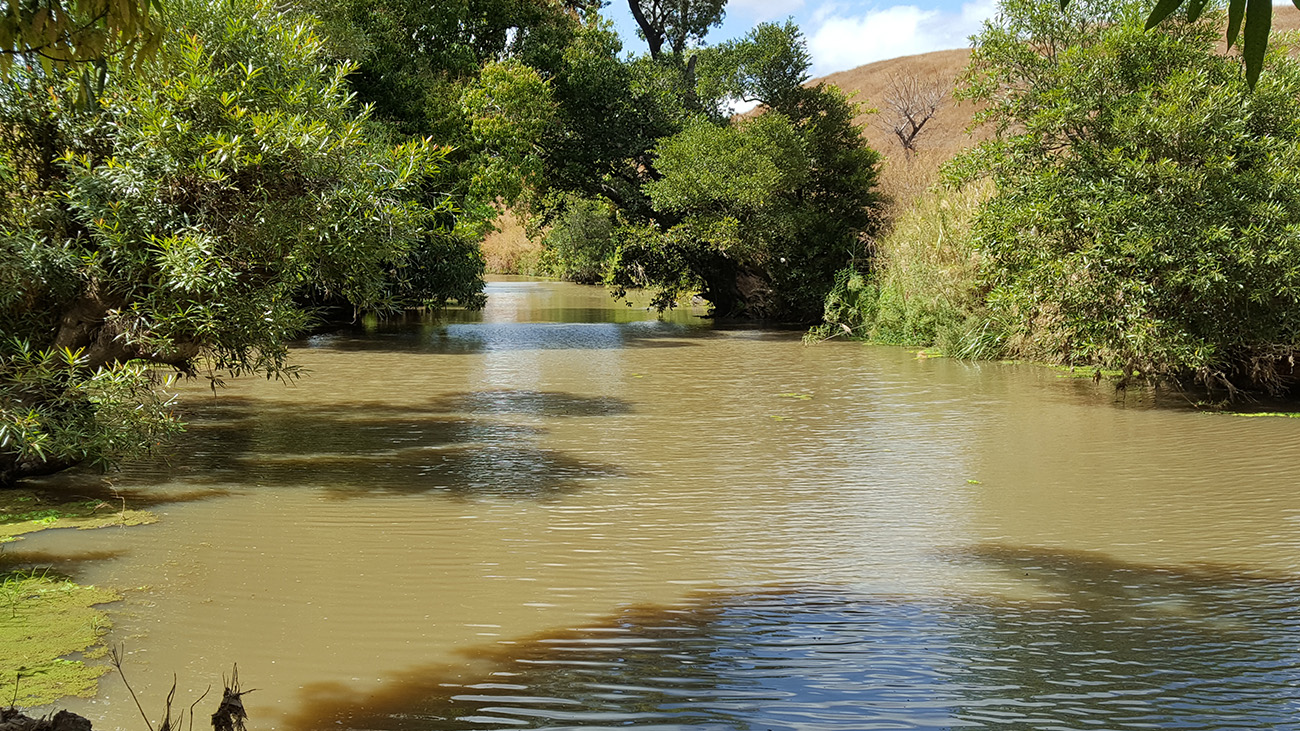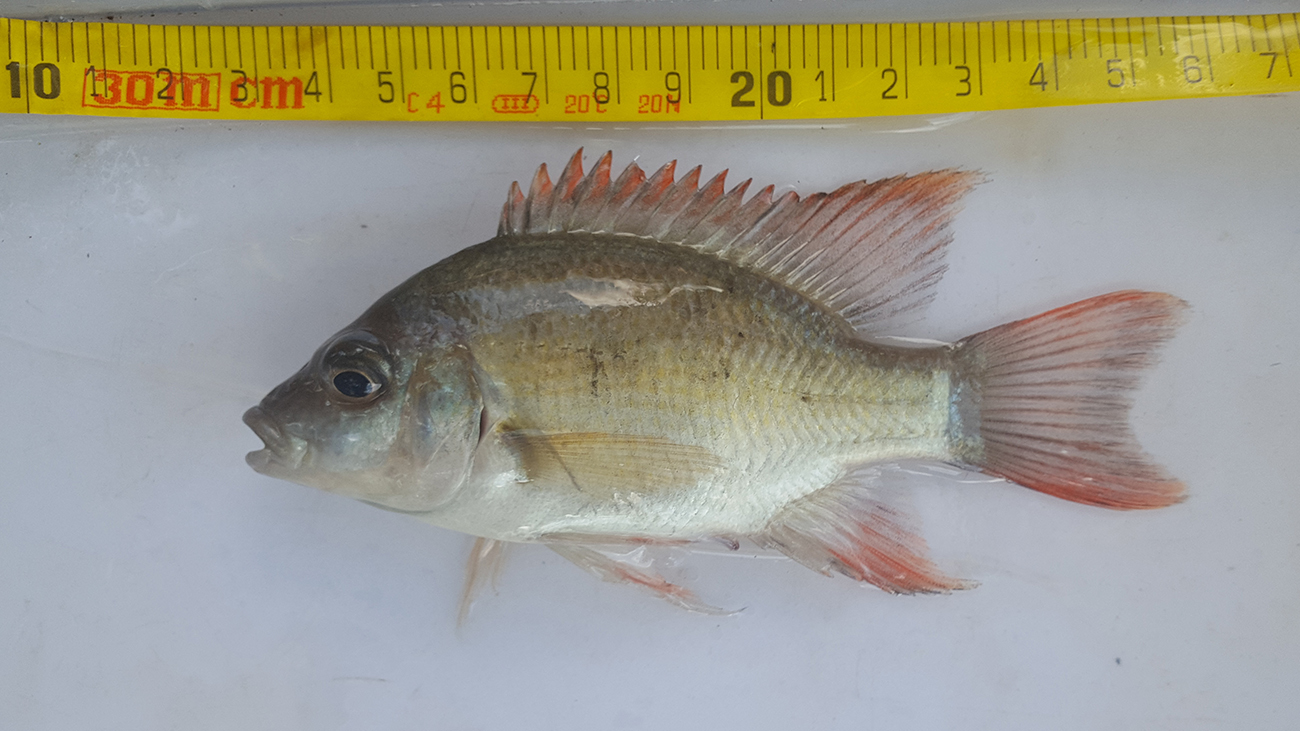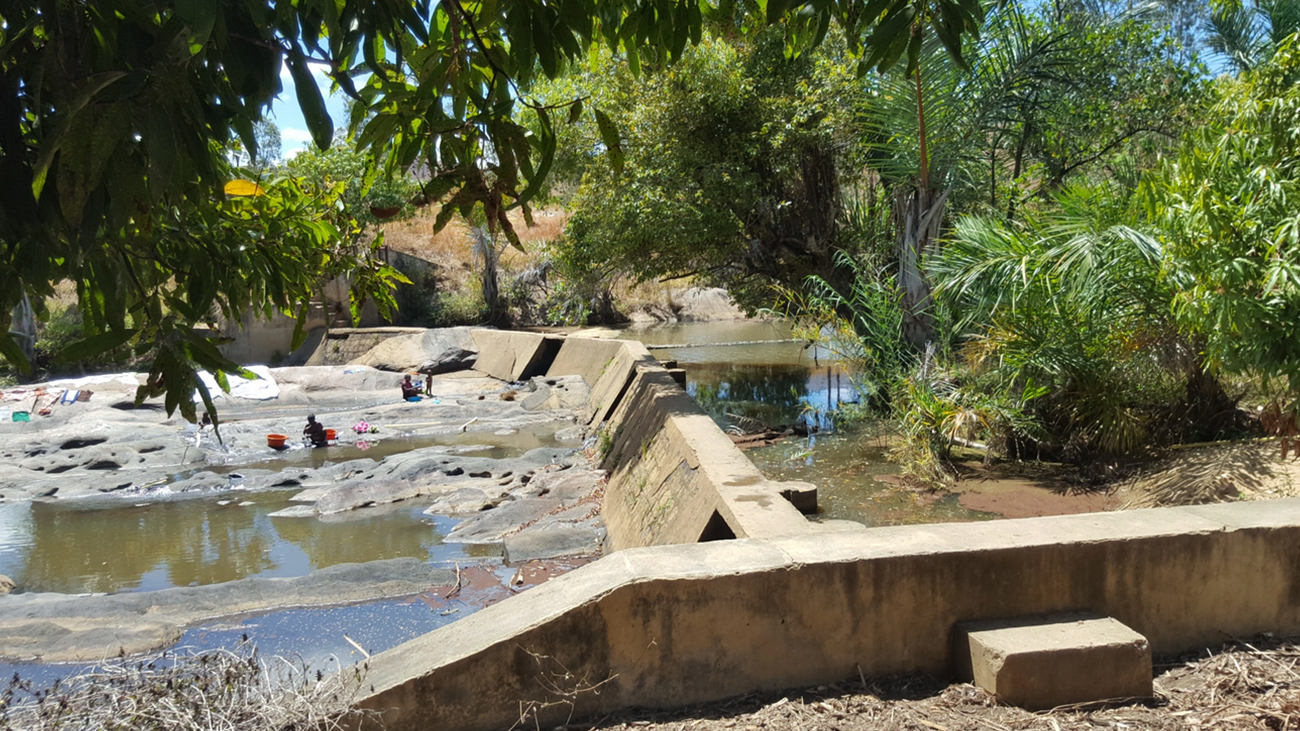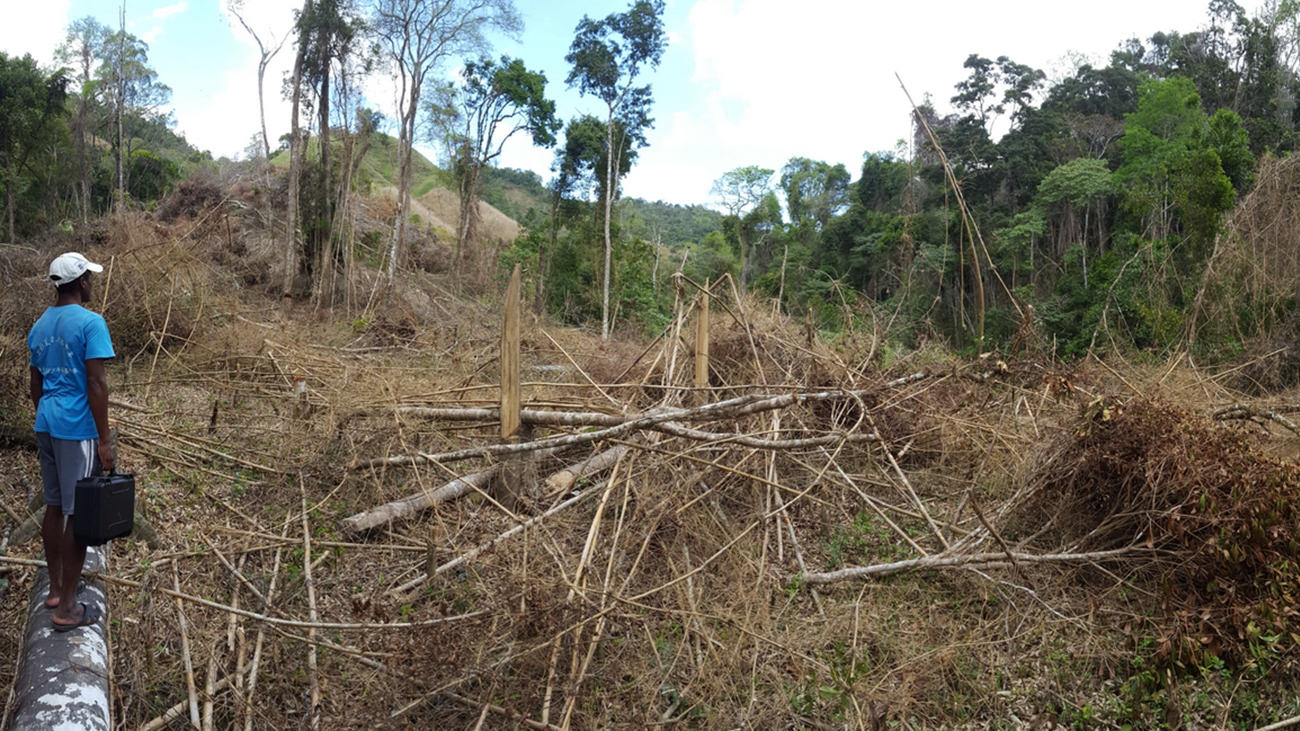Mangarahara-Buntbarsch
Ptychochromis insolitus
Mangarahara-Buntbarsch
Ptychochromis insolitus
Zielvorgabe CC
16 Halter
Stand 11/2025
Zielvorgabe CC
192 Tiere
Stand 11/2025
Zielvorgabe CC
16 Halter
Stand 11/2025
Zielvorgabe CC
192 Tiere
Stand 11/2025
Wanted – aber bitte nicht tot, sondern lebendig! 2013 startete der Zoo von London einen fast verzweifelten internationalen Fahndungsaufruf. Gesucht wurde ein etwa 15 Zentimeter langer, hochrückiger Fisch mit blaugrauer bis silbergoldener Körperfärbung und verstreuten dunklen Flecken verschiedener Größe. Besondere Kennzeichen: Die Flossenränder erwachsener Männchen weisen eine rötliche Färbung auf.
Fürsorgliche Fisch-Eltern
Gendern bei Fischen
Der Mangarahara-Buntbarsch wurde erst im Jahr 2006 wissenschaftlich beschrieben. In seiner Heimat Madagaskar kannten die Menschen ihn aber schon lange. Er ist sogar so auffällig, dass er – für kleine Süßwasserfische nicht unbedingt üblich – einen eigenen lokalen Namen erhalten hat: „Joba Mena“ wird er genannt, was soviel bedeutet wie „rotes Mädchen“. Wegen der roten Flossen der Männchen. Aber Geschlechter werden ja ohnehin zunehmend als soziale Konstruktionen bewertet.
Letzte Zuflucht im Amboaboa-Becken
Der seltenste Fisch der Welt
Das natürliche Verbreitungsgebiet des Mangarahara-Buntbarschs umfasst nur den Mangarahara und einige wenige andere Nebenflüsse des Sofia-Flusses im Nordwesten Madagaskars. Bei solch kleinräumigen Vorkommen muss nur einmal etwas passieren, schon ist das Überleben der ganzen Art gefährdet. Und dann passierte eben einmal etwas: Aufgrund des steigenden Wasserbedarfs in der Landwirtschaft, vor allem für den Reisanbau, wurden Staudämme errichtet, die zum Austrocknen der Heimatgewässer des Mangarahara-Buntbarsches führten. Man nahm an, dass diese Art damit in der Natur ausgerottet sei.
Inzwischen ist vor Ort ein großes Projekt zum Schutz der bedrohten Fischarten des Amboaboa-Beckens entstanden
Tal des Amboaboa © Charles Fusari
Die Wiederentdeckung
Nach dem eingangs erwähnten Fahndungsaufruf meldete sich der madagassische Hotelbesitzer und Fischliebhaber Guy Tam Hyock. Er hatte von einem bis dahin unbekannten Vorkommen der Fische in einem weitgehend ausgetrockneten Flussabschnitt im Amboaboa-Becken gehört. Die Zoologischen Gesellschaft von London (ZSL), der Toronto Zoo und die Universität von Antananarivo starteten umgehend eine Suchaktion. 2013 wurden 18 Tiere entdeckt – in einem zum Tümpel gewordenen Restgewässer schlechter Wasserqualität. Sofort wurden die Fische gefangen und Guy Tam Hyock in Andapa zur Nachzucht übergeben – inzwischen ist daraus vor Ort ein großes Projekt zum Schutz der bedrohten Fischarten des Amboaboa-Beckens entstanden.
Von besonderer Bedeutung ist es, die Bevölkerung vor Ort einzubinden. Deswegen arbeitet Fish Net Madascar mit der lokalen NGO Madagasikara Voakajy zusammen, um die Menschen für einen schonenden Umgang mit dem Fluss zu gewinnen und sie in die Schutzprojekte einzubeziehen © Fish Net Madagascar
Eine neue Hoffnung
Um das „Fish Net Madagascar“-Projekt auch international zu stärken, gingen Nachzuchten der Fische zunächst nach Toronto, wo eine weitere Vermehrung gelang. Im Jahr 2019 übernahm der Kölner Zoo 30 Exemplare von dort. In Köln gelang dann die europäische Erstnachzucht. Weitere sollten folgen. So konnten inzwischen Jungtiere an verschiedene zoologische Institutionen weitergegeben werden. Zusammen mit Citizen Conservation wurde 2020 ein Erhaltungszuchtnetzwerk ins Leben gerufen, um langfristig eine stabile Reservepopulation dieser bedrohten Art in Menschenobhut auch außerhalb Madagaskars und unter Einbeziehung privater Aquarianer aufzubauen – um ein erneutes Beinahe- oder gar Diesmal-aber-wirklich-Aussterben der Art in der Zukunft so sicher wie möglich zu verhindern.
Für Halter
Basisinformationen zu Biologie und Haltung
Eine gut zu pflegende madagassische Buntbarschart, die jedoch innerartlich aggressiv reagieren kann. Zur Haltung einer Gruppe von 10–12 adulten Exemplaren eignen sich Aquarien von mindestens 1,5 m Länge und 500 l Wasservolumen. Die Art ist tolerant gegenüber verschiedenen Wasserwerten. Gute Erfahrungen bei Haltung und Zucht wurden bislang mit folgenden Werten gemacht: Temperatur 24–25 °C, Karbonathärte 3–6° dH (KH), GH 5–10, 230–330 Mikrosiemens, 7,5–7,8 pH. Als Futter eignet sich: Handelsübliches Flockenfutter; Frostfutter (Weiße, Schwarze und Rote Mückenlarven und Bachflohkrebse); Lebendfutter (Artemien, Weiße Mückenlarven).
